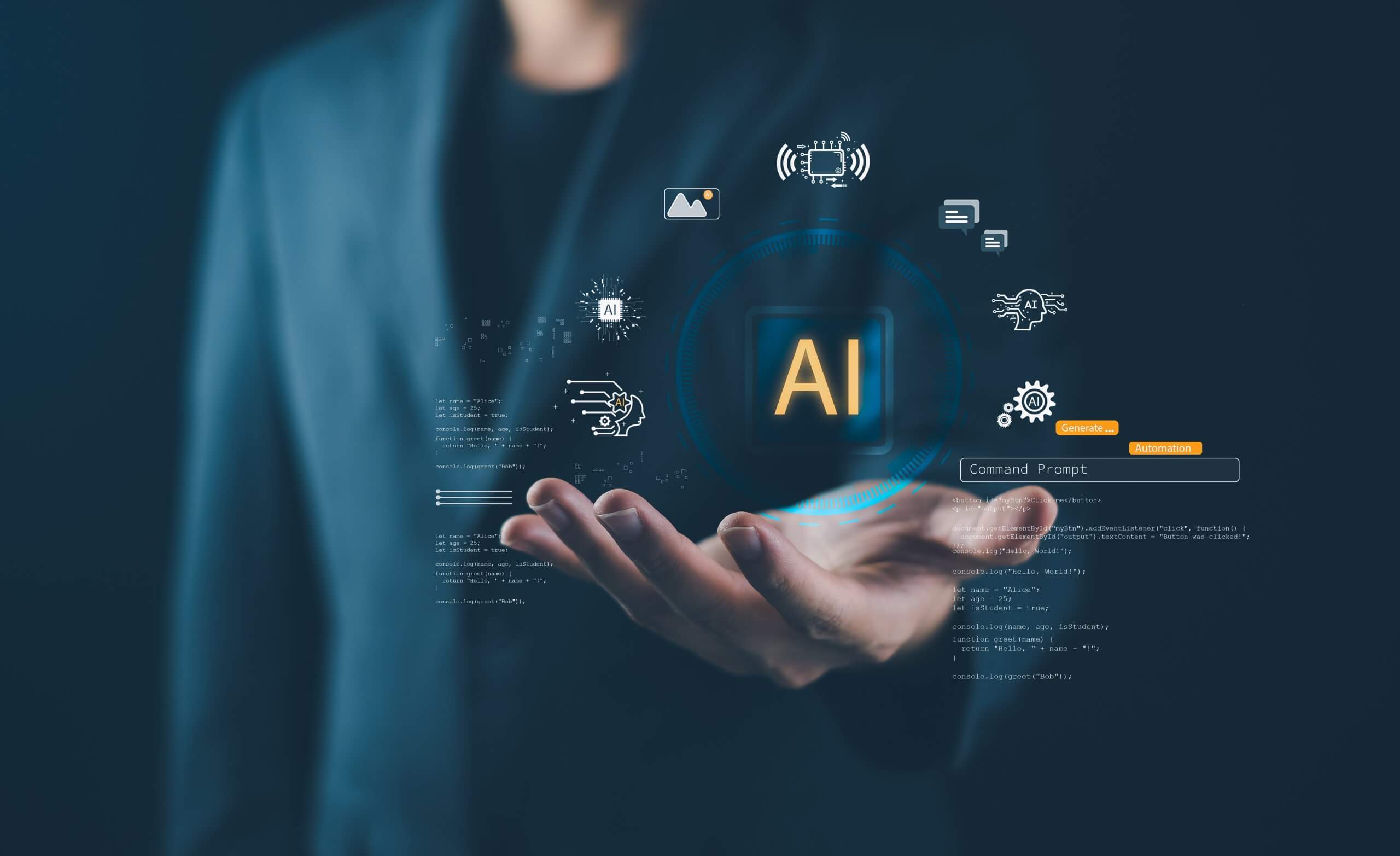AI for the People: How Public Sector Leaders Can Use Automation to Elevate Jobs

Matt Parks is VP of Product and Strategy at Software Solutions Inc. (SSI). Having worked in the software space for over 10 years, he has a proven track record of driving customer success and organizational growth through innovative product strategies. He also received a Master of Public Administration from Wright State University, giving him a unique perspective on ERP software for local governments.
The rise of AI has sparked a familiar fear: the robot takeover. In the public sector, this apprehension often centers on the idea that automation will eliminate jobs, hollowing out government agencies and leaving public servants behind.
This view misses a critical point: When deployed responsibly, AI isn’t a replacement for human talent, but a tool that frees government employees from mundane, repetitive tasks to focus on meaningful work.
For government leaders, the challenge is successfully adopting AI. The goal is to harness its power to build a more efficient, responsive government without compromising public trust or workforce well-being.
Building Public Trust With a ‘Social License’
We already rely on AI for everything from Netflix recommendations to Gmail autocomplete. But when you introduce it into sensitive areas like finance or citizen services, you need to earn what’s called a “social license:” public acceptance of its role in governance. Here’s how:
- Start small and visible. Use AI in low-risk, high-volume contexts like chat responses or email summarization. These early wins help stakeholders see the benefits.
- Be transparent about how it works. Clearly explain what data is used, how decisions are made, and what guardrails ensure reliable output. When the public understands the “why,” acceptance grows.
- Control data flow. Whenever possible, host models in-house or use open-source systems to limit the risk of data leakage. That builds confidence in sensitive environments.
- Frame AI as a helper, not a replacement. Messaging should emphasize augmentation — not substitution — so everyone sees the technology as enhancing human service, not replacing it.
Upskilling the Workforce, Not Displacing It
A major concern among employees is that AI will make their skills obsolete. Agencies must get ahead of this by viewing AI adoption as a workforce development opportunity.
The first step is to demystify the technology. Most hesitancy stems from fear of the unknown. Educating employees on the fundamental capabilities of AI can make the technology feel less intimidating.
The most important step is encouraging your team to actually use the tools. Getting hands-on experience with AI for tasks like drafting emails or summarizing long documents helps remove the initial intimidation. Be clear about what AI is taking over and what that means for employees. The goal is to shift them into work that feels more meaningful, moving beyond just checking the AI’s output.


By automating repetitive, low-value work, government leaders can empower their teams to focus on high-value, high-impact tasks.
MATTHEW PARKS
Bring your team into the process early. Ask them to help design prompts, test tools, and share feedback. They often know better than anyone which tasks are good candidates for automation. When employees are part of the innovation journey, they’re more likely to see the benefits and become technology champions. And once they see how much time AI can save them, they’ll be more open to learning how to use it for bigger projects.
Ensuring Equity and Accessibility
Governments have a responsibility to ensure automation doesn’t widen equity gaps among their workforces and communities. One of the best examples of this is using AI to bridge language barriers. A chatbot can instantly translate conversations, allowing departments to provide effective service to populations that speak languages no one on staff knows. Likewise, AI can make information that’s currently locked away in inaccessible formats, such as complex PDFs, available to a wider audience.
To prevent internal equity gaps, ensure the benefits of AI are shared widely across the organization. Every department and role must have access to training and tools, so it’s not just a select few getting ahead.
The Indispensable Human Element
Successful and ethical AI in the public sector comes down to two things: keeping humans in the loop and being transparent. Like a super-charged assistant, AI can draft press releases, summarize data, or suggest responses. However, a human should review, edit, and approve the final product. That human judgment adds the accuracy, context, and empathy that AI just doesn’t have, while also catching errors.
Ultimately, AI shouldn’t replace public service jobs but rather transform them. By automating repetitive, low-value work, government leaders can empower their teams to focus on high-value, high-impact tasks. The future of government is one where human ingenuity is amplified by smart technology, leading to better outcomes for both employees and the communities they serve.
Want new articles before they get published? Subscribe to our Awesome Newsletter.